(Many thanks to Myers Sugg for making his files on Lakewood Park available to me, and to Marcus Latta, whose recollections extensively document the park.)
Looking north from Chapel Hill Road, around 1910.
(Courtesy Durham County Library / North Carolina Collection)
The Durham Traction Company, which purchased the city's streetcar system in 1901, was owned and operated by Richard H. Wright, who started his career in Durham as a partner with Duke family in Duke and Sons Tobacco (he bought out Washington Duke's share upon the elder Duke's retirement.) Wright had a major falling out with the Dukes, accompanied by years of litigation, but became a major real estate developer with the Durham Consolidated Land and Improvement Company, which developed a significant portion of Trinity Heights and Walltown. He, along with Julian Carr - his partner in the DCLIC, purchased the old horse-drawn railway and went about converting it to an electric trolley system, powered by an electric plant on Blackwell St.
One strategy in bolstering ridership on the streetcar line was to build an amenity - a destination - at the end of the line. This was done in more than a few cities, and Richard Wright sought to create this destination in Durham through the development of Lakewood Amusement Park.
The area around Lakewood Park was a sparsely developed, rural area along the Chapel Hill Road south of Maplewood Cemetery (the previous end of the streetcar line,) and the site itself was low-lying land on the north side of the road. A stream running through this land had been dammed up sometime in the late 1800s to form a shallow lake, which was a popular spot for summer swimming and baptisms. Wright extended the streetcar line to this spot, and began developing entertainment and diversions on the open land around 1900. This included a multitude of frame buildings with concessions, games, dancing, rides and more. Wright extended the streetcar line to have two stops at the park - one at "The Casino", where theater performances were held, and another a bit further southwest, at the main entrance to the park.
Interestingly, despite the fact that, in other cities, the builders of such systems often took advantage of the cheap land along the new line to develop houses - which suddenly had significantly higher value due to their construction of the line. (Something we can't seem to understand in today's climate.) Despite his other real estate efforts, including his eponymous corner downtown Wright did not develop real estate in Lakewood.
Lakewood Park opened Sunday afternoon July 20, 1902. The park was crowded from opening day, with its multitude of colored electric lights. You have to imagine the spectacle of open air entertainment lit by hundreds of electric bulbs, at night - something unheard of at that point in time.
People from all around Durham would crowd into the streetcars to ride from other parts of town out to the 'country'. Lakewood Park was only open in the summer, and in the summer the Traction Company had summer cars, no windows, seats down each side. There were two bars on the outside of the windows to protect the riders from a fall. As one writer for the Herald wrote in 1960:
"Nearly all the seats had been taken when we boarded the trolley at Five Points. The nonchalance of the conductor was in marked contrast to our enthusiasm as he walked about a platform on the outside of the car and retrieved fares through the open windows. At each stop out Chapel Hill Street, the car became more crowded - as if everyone were going to the same place. The car rounded the curve at Maplewood Cemetery. In another 10 minutes, we'd be there... Lakewood Park."
The streetcar would first stop at the Casino, at the corner of Chapel Hill Road and Lakewood Avenue, across from Rolls Florist. The Casino was a rather large wooden building with lots of lights around the entrance. Inside was a huge auditorium with rows of opera-type seats and a big stage with velvet curtains. Enormous crowds would gather to see shows. In the summer months, summer stock companies would travel to Durham to give performances. There were shows nightly, using professional actors and local talent, including many locals used as extras, and "laughter [would float] through shuttered windows of the Casino" during performances. The theater at the Casino was run by David Runkel and his Runkel Stock Company. The Runkels lived next-door at 1807 Lakewood Ave.
The streetcar stopped in front of the Casino.
(Courtesy Durham County Library / North Carolina Collection)
Rear view of the Casino.
(Courtesy Durham County Library / North Carolina Collection)
The next stop of the streetcar was the entrance to the park. As you would enter, on the left side of the walkway was a large field. It was used for different things, one being a baseball field. At times it was used for a parking lot, and at other times it was used for tent meetings, and termed 'Evangelist Green'. It was a spot of high emotion that "stirred people to doubt their salvation."
Likely the entry of the park (in the background) - this is a shot of one of Sidney Rochelle's bicycle outings. Rochelle lived just up the road on Chapel Hill Road. Note that this photo is unlabeled, and I can't confirm that it is of Lakewood.
(Courtesy Durham County Library / North Carolina Collection)
The streetcar at the end of the line, prepared to head back to Mangum St. Lakewood Park is advertised on the 'cow-catcher.'
(Courtesy Myers Sugg)
There were lots of outdoor benches where you could sit and enjoy seeing friends and people walking along the walkways (the Midway.) People would bring picnic lunches, and at night it was cool and relaxing. The Light and Traction Company had hired a man named Tom Foster to manage the park. Mr. Foster would invite churches to come to the park for picnics. Sometimes there would be 2 or 3 on the same day. He would eat with each of them. As a treat, he would give them free tickets to ride the merry-go-round. People would eat watermelon slicings and you could smell barbecue cooking.
Picnic at Lakewood Park
(Courtesy Myers Sugg)
The first building past the main entrance was the drink stand - there was a large opening when you entered. The doors folded back, and inside was a long soda fountain, where you could buy an ice cream cone (chocolate, strawberry, or vanilla) or a soda or an orange drink. In back was a large room with tables and chairs where you could go and relax and enjoy a soda. The windows would open on both bottom and top. Mr. Foster's office was also in this building, which also had a music room where records were played for the entire park.
When leaving the drink stand, and only a short distance away, was the merry-go-round. It had a fence around it so the children would not get hurt. There were lights and "wheezy organ music" and brightly painted horses that children all wanted to ride. A ticket cost 5 cents. The first merry-go-round was operated by Emmit Rigsbee and Charley Proctor.
The Merry-Go-Round
(Courtesy Myers Sugg)
On the west side of the merry-go-round was a line of concessions. At the first, you could try to knock the wooden milk bottles off of a shelf, which cost a dime for three balls.
Next was the shooting gallery. It was protected with heavy metal on the back and sides for safety. There were two chains moving across the back: one had ducks, the other squirrels. For 25 cents you would get 3 shots with a .22 rifle to try to knock a duck or squirrel over as they passed by.
Next was a place where children could try to catch a fish. There was a metal circular trough about 14 in. wide and 12 in. deep with a pump that would make the water go around like a river stream. There were metal fish, each with a hook on its head, that moved with the flow of the water that people would try to catch. Some of the fish had a number. If you caught one with a number you would win a prize. It cost 10 cents to fish.
Next was the doll house, a place where there were three rows of dolls sitting tight on each board about 15 feet back. The dolls were small with a lot of feathers around them. If you didn't hit a doll the ball would go through the feathers and would not knock the doll off. It cost 10 cents for three balls.
Just north of this was the skating rink, which was a center attraction. The roller skating rink was vast in size - a very large wooden building about 200 feet long and 50 feet wide, with music playing at all times to entertain the crowds, mingling with "the grinding roar of a hundred rolling wheels on the skating rink floor." It had a porch at the entrance, and inside there were bleacher type seats, about 3 seats high where people could sit and watch the skaters. You could rent skates, which cost 25 cents an hour. At times professional skaters would come in and do all types of tricks on roller skates.
Across from the skating rink was the pavilion, another large building, which called the Dance Hall by some. The sides were open, and typically an orchestra or band was playing; orchestras came from all over to perform while the crowds danced the night away. Joe King's orchestra was a popular act. Other people would sit around on benches and just listen to music. It was also used for other things, such boxing and wrestling. If it looked like rain and a picnic was scheduled, it would be in the pavilion.
Lakewood Park, possibly the pavilion and a gazebo in the background.
(Courtesy Myers Sugg)
Same area as just above, from the other direction.
(From "Durham: A center of industry and education")
In front of the pavilion was a large open space with no buildings which would host special events - from Mr. Marcus Latta's description:
"Mr. Foster was always looking for something new that the people would enjoy. He would have small circuses, carnivals, and magician shows. One year he had a hot air balloon with the gondola below. Either the man or his wife would ride when the balloon was turned loose. All the people were excited. They had not seen a hot air balloon before. The next year there was the high diving horse. He would walk up a long ramp to a platform that was 30 or 40 feet above the water and dive in. The water hole was about 30 feet square, and about 25 feet deep. A man and his wife at different times would ride the horse when he would dive. There was always a crowd when it was time for the horse to dive."
Several couples even married at the top of the platform and 'consummated' their marriage by diving off the platform with the horse. Carnivals would come occasionally to 'add to the activity', replete with "gypsies."
This was also the area to watch the "brilliant" fireworks. The fireworks display on the 4th of July was said by many to be the best, by far, they had ever seen, and the crowds were "so vast you could hardly move."
Moving northward from the pavilion was the bowling alley; it too was a wooden building. There were 2 bowling lanes, with ten pins or "duck pins."
On the other side of the bowling alley was a place enclosed with a net. There was a baseball throwing machine. The chain had a cup for the ball. As the chain moved around it would throw the balls for you to try and hit. On the back was a large bull's eye. If you were lucky and hit the bull's eye, you would get a home run. You could get a triple, double, a single, or strike out.
In front of the bowling alley was the roller coaster. People would stand around watching; some in line to buy a ticket. It was 25 cents a ride. There were 3 cars that would seat six people each. Each car would lock onto a chain that would pull the cars up a steep incline to the top, which was about 65 feet high. Then the thrill would really begin. As the cars would turn the curve and head down the long incline, the children would be screaming as the car turned and twisted about the curves to the place where they started.
The Lakewood Park roller coaster.
(Courtesy Myers Sugg)
Down from the roller coaster was the old lake, which had predated the park. It had a mud bottom. Several springs supplied water for the lake, which was about 1/2 acre in size. The dam was made of dirt, and was on the lower side. It was drained soon after a new concrete pool was opened. The new pool was modern, and advertised as "the most sanitary pool in the south," with dressing rooms and a shower. When you changed clothes you would put them in a box and check them in at the ticket office. The pool was about 2 feet deep at the shallow end and about 8 feet deep at the deep end with a high dive and spring boards. During the summer when it was hot, it would be very crowded.
The empty pool.
(From "Durham: A center of industry and education")
Evidently a hot day.
(Courtesy Duke Rare Book and Manuscript Collection, Wyatt Dixon Collection)
Up from the pool was a large playground for the children. There were lots of swings, sliding boards, see-saws, and sandboxes.
James Leyburn gave this account of Lakewood Park:
"Crowds assembled for the opening [of Lakewood Park] to watch the turning on of strings of colored lights along paths and around the numerous buildings. From that moment the park was highly popular in mild weather. For children the chief attractions were the merry-go-round and the roller coaster (5 cents a ride on each.,) although the open pavillion where ice cream and soft drinks were sold was not far behind. Other facilities appealed to adults, especially in the long twilights and evenings: the skating rink, dance pavillion, and much less frequently, the swimming pool. Least used was a large wooden theatre. Lakewood Park was a popular place for picnics, large and small; occasionally a Sunday School chartered trolley cars to transport its entire membership to the park for free rides and a picnic lunch. Mothers of small children found the park a boon for entertaining their charges on sommer afternoons. Durham County used the park's baseball field for its Fairs in the autumn."
During the early part of the 20th century, Lakewood was a beloved destination for people of Durham as well as a much wider geographic area. Part of the reason for this was extensive advertising. The advertisements, including large billboard signs for the "Coney Island of the South" showed people sitting on a beach in swimwear. The story goes, this resulted in a man from "up north" calling to reserve a "room overlooking the water."
The Casino operated for many years behind the vision and talent of David Runkel. However, Mr. Runkel died prematurely following an operation for appendicitis; the Casino closed soon after his death and was torn down by the 1920s.
Things were changing by the 1920s; the automobile was becoming very popular, and people who could afford one were buying. They were going for a ride or visiting relatives, or visiting friends out of town - not to the park as before. In 1929 and 1930, with the arrival of the Depression, fewer were coming to the park and less dollars were being spent. The Durham Traction Company sold the streetcar system to the Durham Public Service Company and the streetcar lines were shut down. The last streetcar was discarded in 1932 - many of them loaded onto train cars and shipped to other cities.
Mr. Foster continued to operate the park until his lease expired. The Durham Public Service Company wanted him to operate the park on a 1-year lease, but he would not accept the offer. It closed in 1932.
The Durham Public Service Company then hired a manager to operate the park. His name was Mr. Vidal and he reopened the park in 1934-35, but it then closed again for good.
The land was sold to Mrs. William Preston Few. The buildings were torn down sometime between 1937 and 1953, and the forest took back the park.
Sanborn Map of the park in 1937, after closure of the park - the casino and several other buildings are already gone.
In 1953, when Wyatt Dixon wrote an article about the park for the Durham Sun, he described his expedition to the site of the park:
"The dam for the original pool still remained a bleak reminder of that other day when the writer last roamed the area. The concrete pool, long unused, is still in its place. All other signs of the once popular pleasure resort long since have disappeared."
An aerial of the site of Lakewood Park, 1959. You can just make out the squared outline of the old pool just under where someone wrote the number "5" on the original photo.
By 1962, the land was sold and one of Durham's early shopping centers began construction.
Bird's Eye view of the cleared land looking northwest, ~1962
(Courtesy The Herald-Sun Newspaper)
Looking northwest, 06.10.63
(Courtesy The Herald-Sun Newspaper)
Looking northwest at the north end of the developing property, 07.12.62
(Courtesy The Herald-Sun Newspaper)
Looking south, up towards Lakewood Ave. and Chapel Hill Road, 07.12.62
(Courtesy The Herald-Sun Newspaper)
Looking south from the property towards Chapel Hill Road, 07.12.62.
(Courtesy The Herald-Sun Newspaper)
A more straight-on view of the shopping center, further along in construction.
(Courtesy The Herald-Sun Newspaper)
From Chapel Hill Road, a bit further along in construction.
(Courtesy The Herald-Sun Newspaper)
Completion of the entrance to Lakewood Shopping Center.
(Courtesy The Herald-Sun Newspaper)
I find it a bit amusing how the proprietors sought to bring the good elements of the old way with them - so the Woolworth's at the shopping center would have the same lunch counter that the Woolworth's downtown did.
The Woolworths lunch counter, Lakewood.
(Courtesy The Herald-Sun Newspaper)
By 1966, the Center theater left their original location downtown and built a new theater at the north end of the parking lot - somewhere in the middle of what would have been the old lake.
Above, looking north 11.11.66, with the lake trying to reclaim its territory (just a puddle, actually.)
(Courtesy The Herald-Sun Newspaper)
My first encounter with the shopping center came in the late 1980s, when I first came to Durham to go to Duke. It was then the "Shoppes at Lakewood" and we would go to Satisfaction's, which was a lot smaller, but more cozy. We also joined a sports bar, with its own basketball court and a lot of pool tables, called TJ Hoops. We'd go to movies at the movie theater - I can't remember if it was still called the Center at that point.
The shopping center was fading already at that point, as retailers had absconded from all of the 60s era shopping centers to the malls - mostly South Square, or shut down. Satisfaction's moved to Brightleaf around 1993, I believe. The movie theater was shut down by the mid-90s.
Center Theater, 1996.
(Courtesy Robby Delius)
The Center's time capsule, mid-1990s.
(Courtesy Robby Delius)
The Duke surplus store moved here from the Cary Lumber Company buildings around 1997 and was a destination at the center until closing up for good in June 2007.
The center had makeover to look like any other mini-mall/shopping center, USA a few years ago. Since the Blue Nile Ethiopian restaurant and Duke Surplus closed, I have no reason to go there.
Looking northwest from Chapel Hill Road, 04.26.08
The former Center Theater / Duke Surplus Store, 04.26.08
As ugly as this example of urban form is, and as anti-pedestrian as it is, I guess the neighborhood at least has a grocery store. But this center could be so much more - what an amazing spot this could be for a dense, mixed-use development that integrates with the community - one that provided parking, but wasn't dominated by parking like this. Unfortunately, like most shopping centers, this one is owned by some out-of-town group that has a portfolio of properties, and that cares little about the community or anything about Durham - other than what kind of return they get on their leases.
But to some degree, the problem is us. We, as a general public, expect easy parking-on-demand, and no more than a few seconds walk to the store from our cars. Retailers know it, and expect copious free parking if they are to sign a lease. Developers need leases, and thus build lots of parking. Surface parking is much cheaper than structured parking, and voila - The above bleakness is born.
Perhaps expensive gas will change this, but we need to provide decent, efficient public transportation. It won't go everywhere, and that's just how it is. Where it does go, and if it operates efficiently (time) and competitively (price), economic development will occur - this is what studies show about fixed-guideway transit systems (rail, dedicated roadway bus systems). Because the route is fixed and certain, people feel confident in development and retail investment.
We can take advantage of this, in the way that Richard Wright didn't, but many others did. By allowing the appreciation in land values to help pay for the construction, we can help fund a rejuvenation of the kind of civilized urban form people once enjoyed - before the false dream - the 'time-saving' advantages of modernism - lured us to thinking we would struggle to fill our free time with all the time saved by not walking, by buying in bulk from the supermarket, etc. Instead we speed from place to place in our vehicles, multi-tasking on smartphones while call-waiting beeps and 6 emails demand more time and attention. Is that our American Dream? Are our lives any freer and more fulfilling for the 'speed' and freedom-of-route that the car culture promised?
Because a ride on the Lakewood Park trolley, with the breeze flowing through the open windows as we ride past the cemetery and turn down Chapel Hill road - strains of music from the orchestra floating through the air and the anticipation of watermelon, barbeque, and an orange soda rumbling in my belly sounds like pretty nice way to spend a day to me.
Lakewood Park buildings, overlaid on a 2007 satellite image.
35.988424,-78.927208

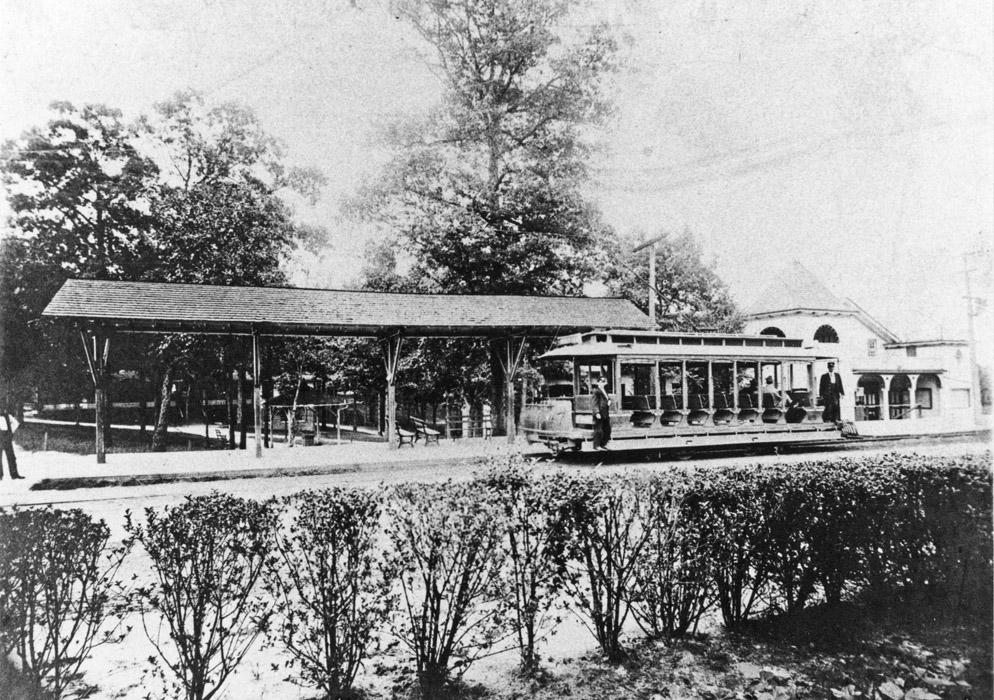
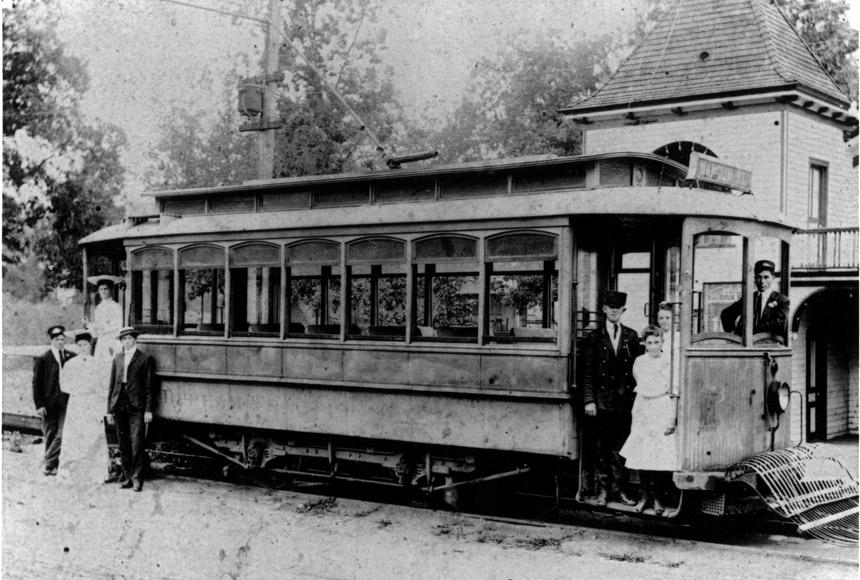
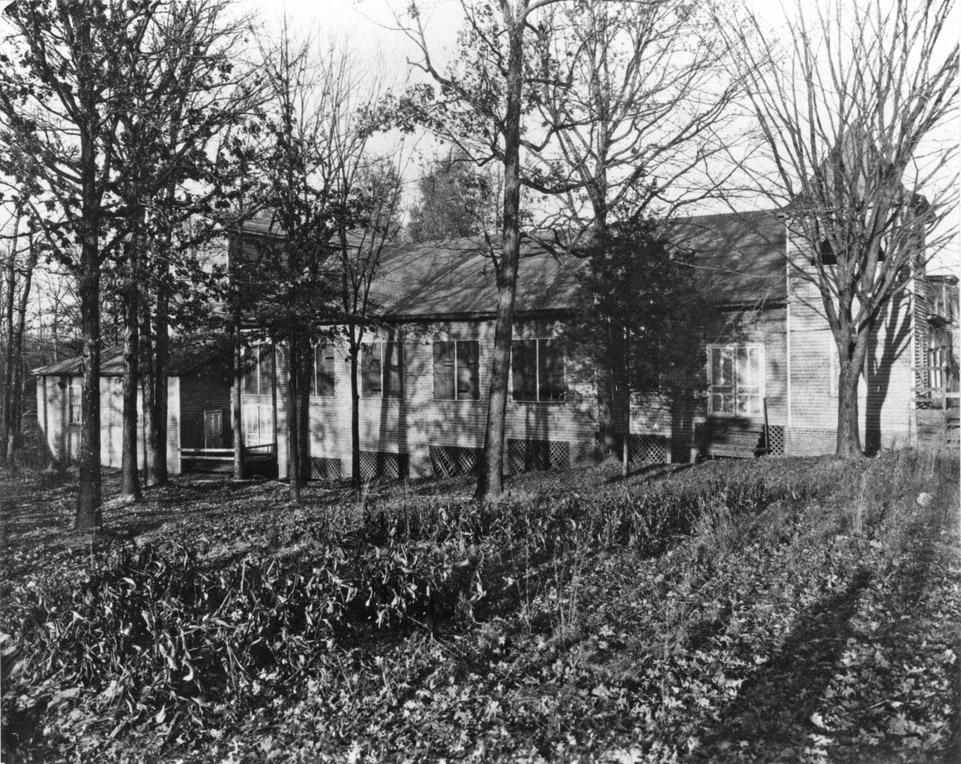
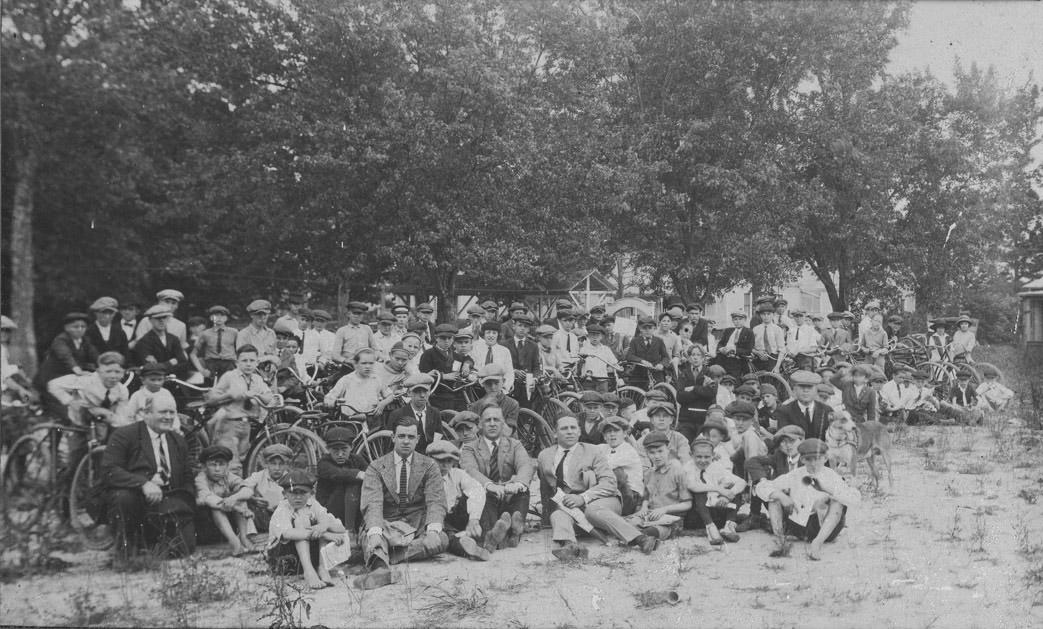
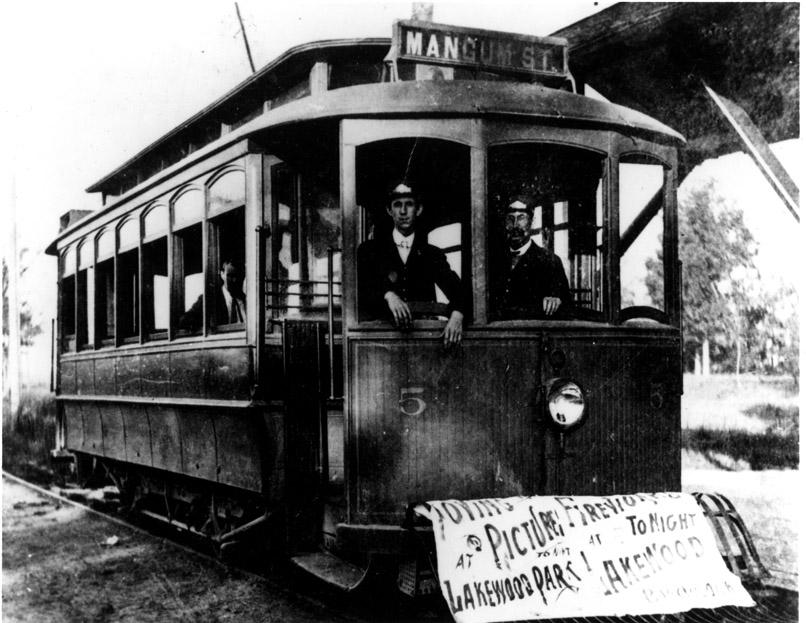
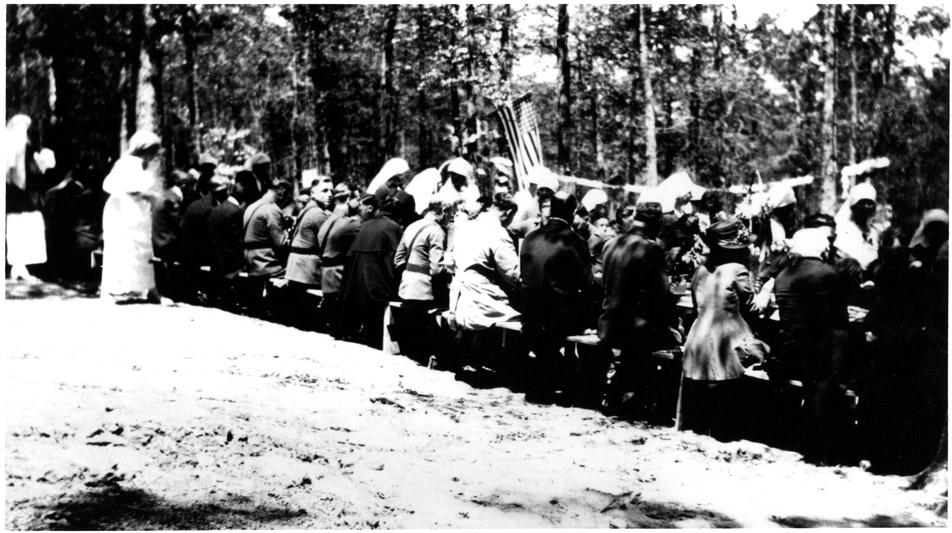
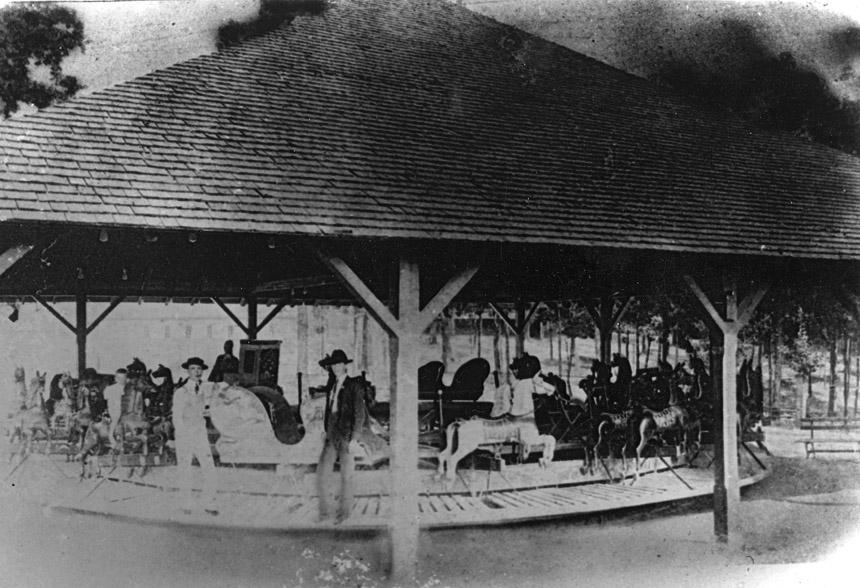
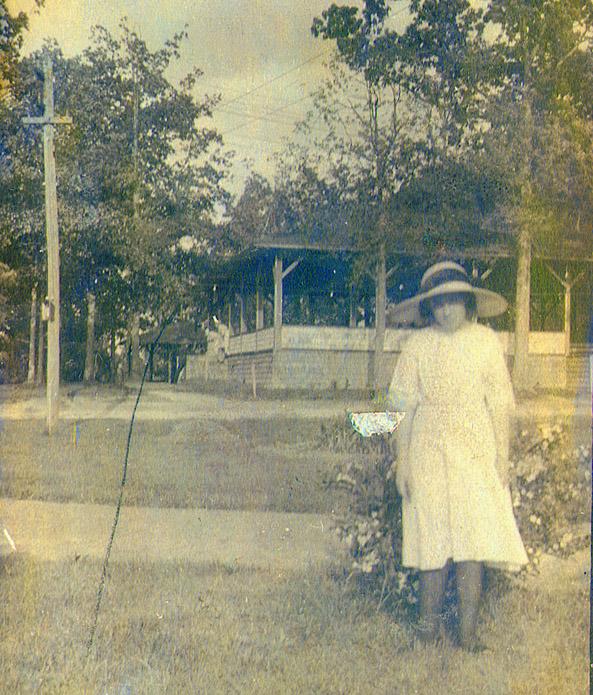
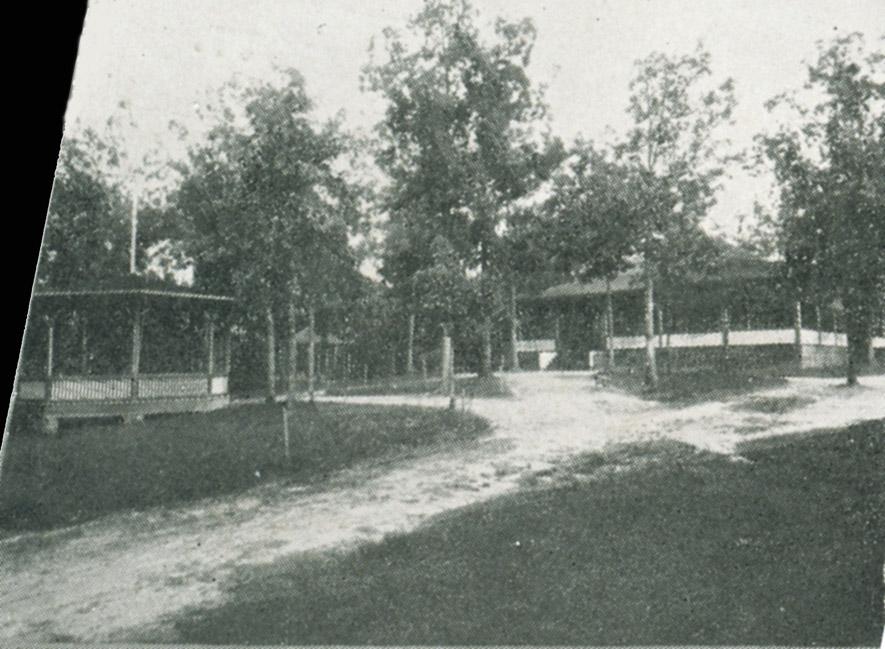
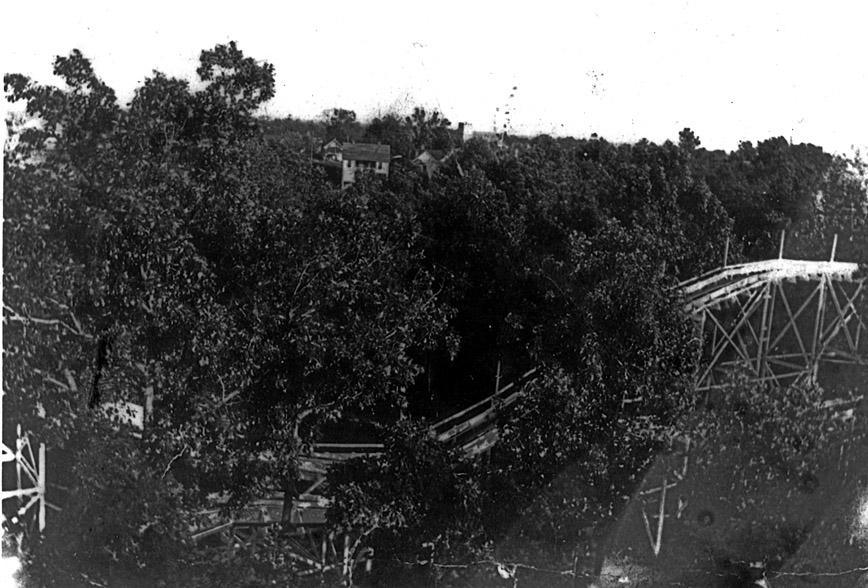
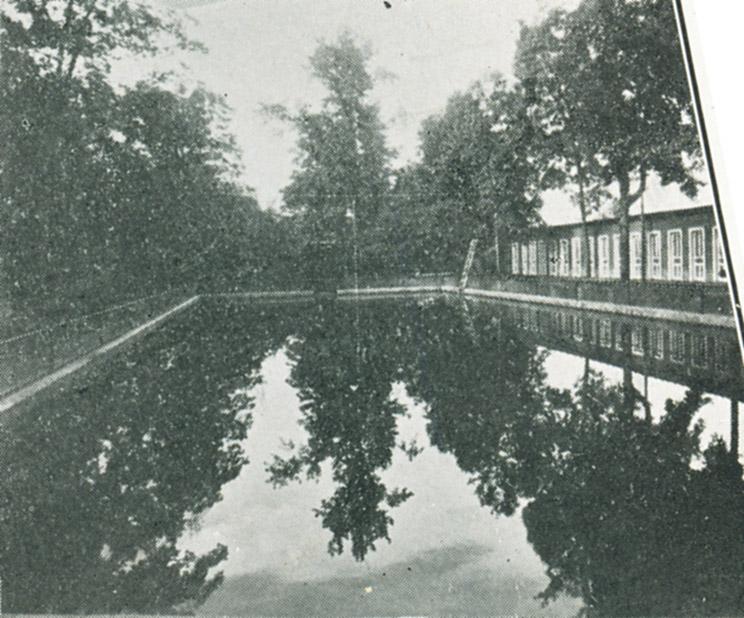
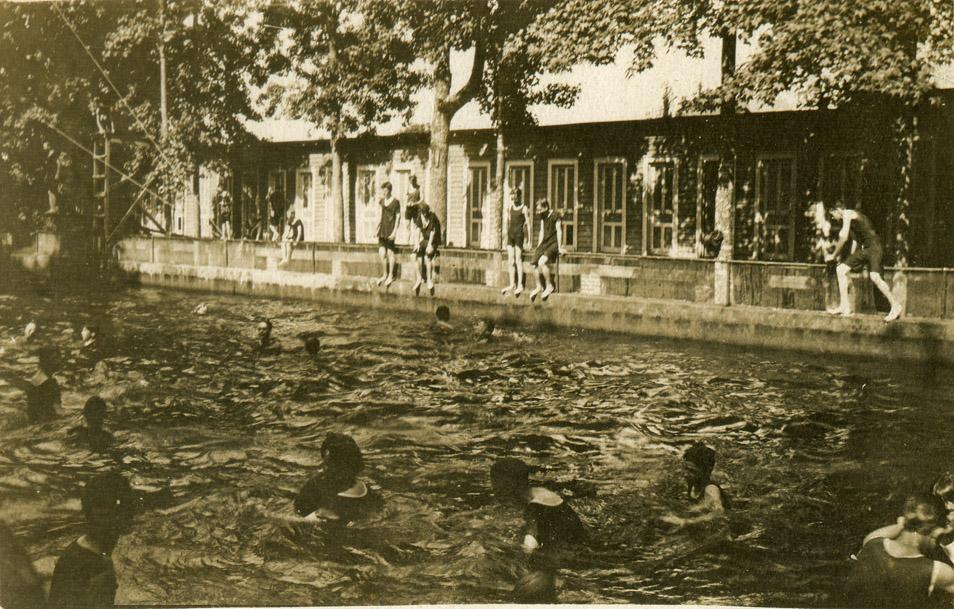
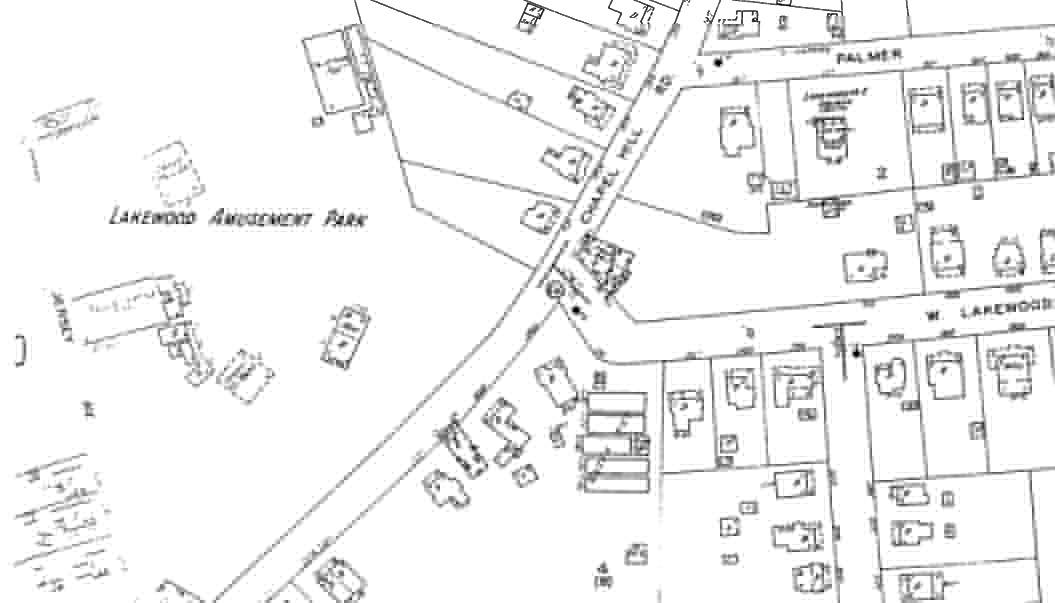
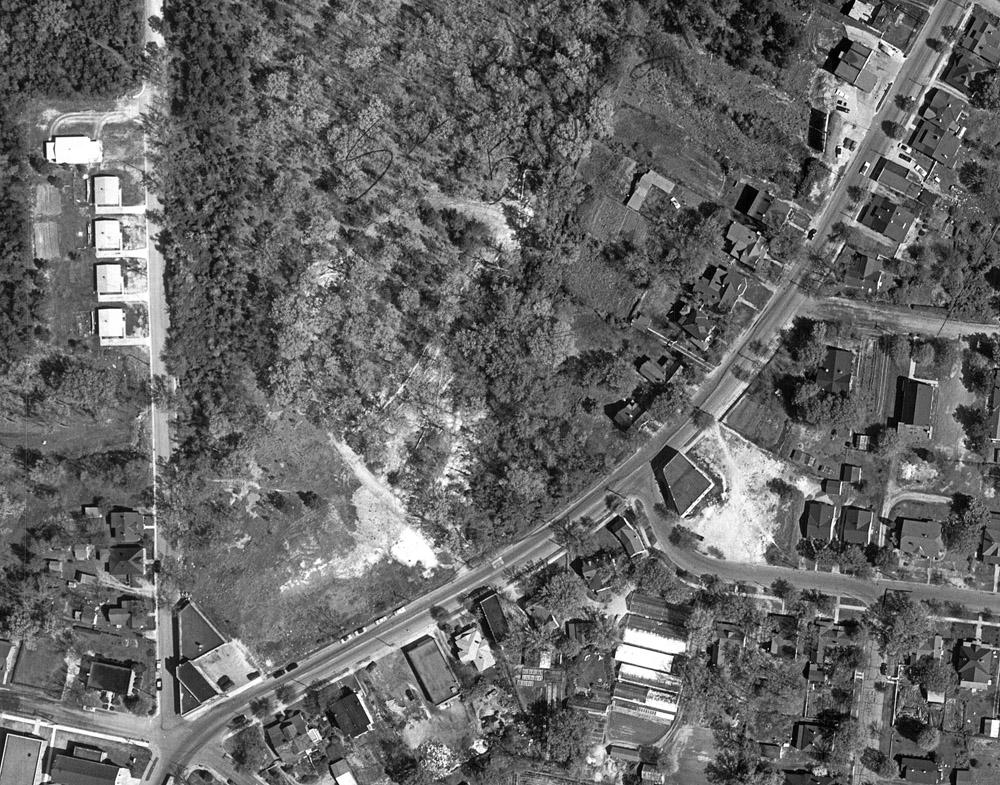
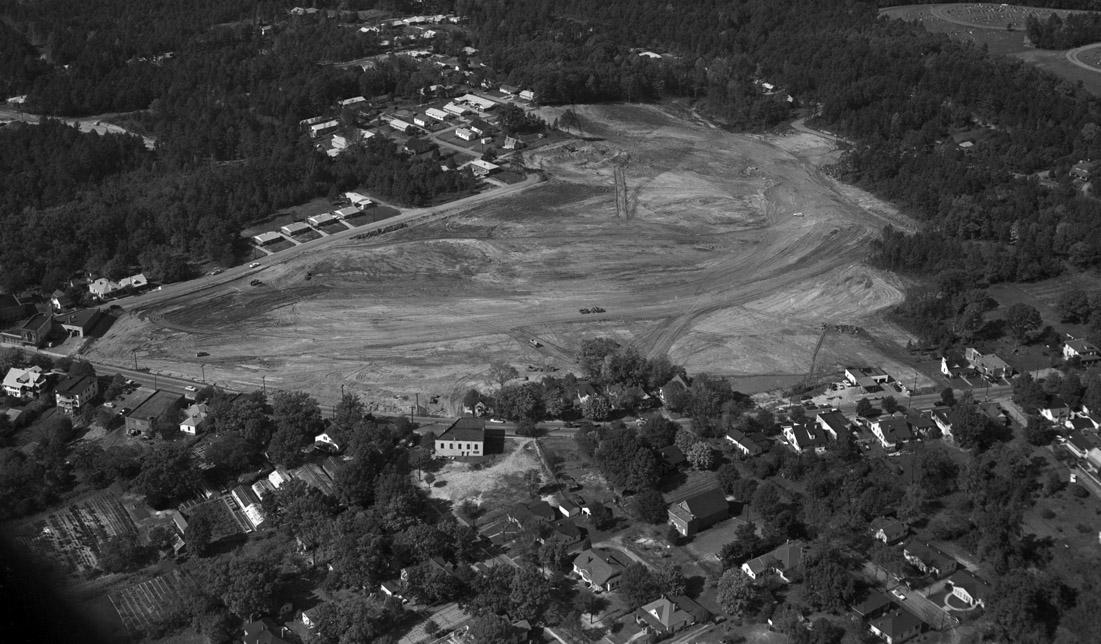
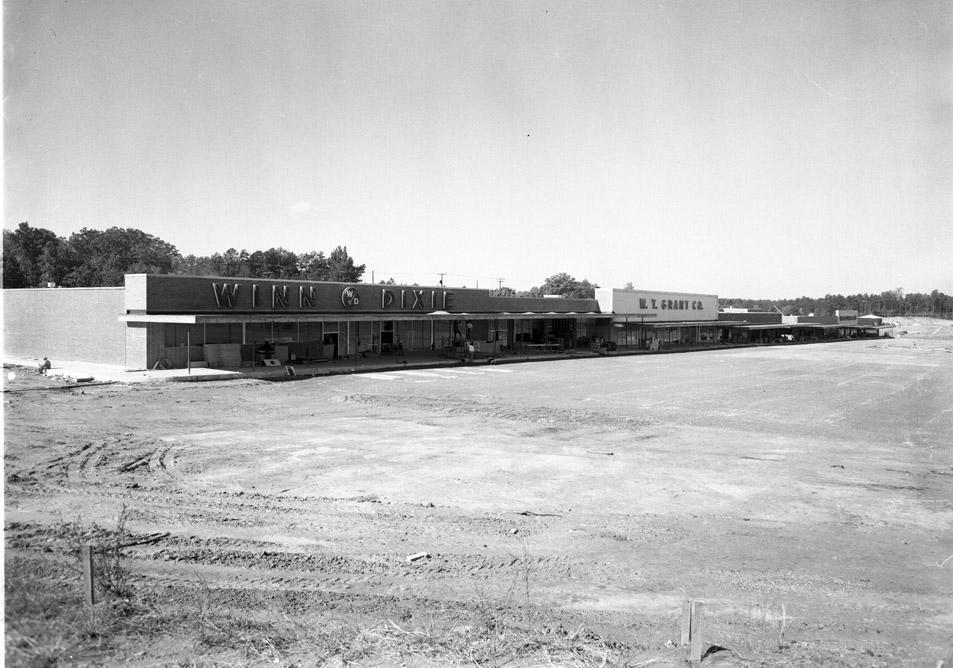
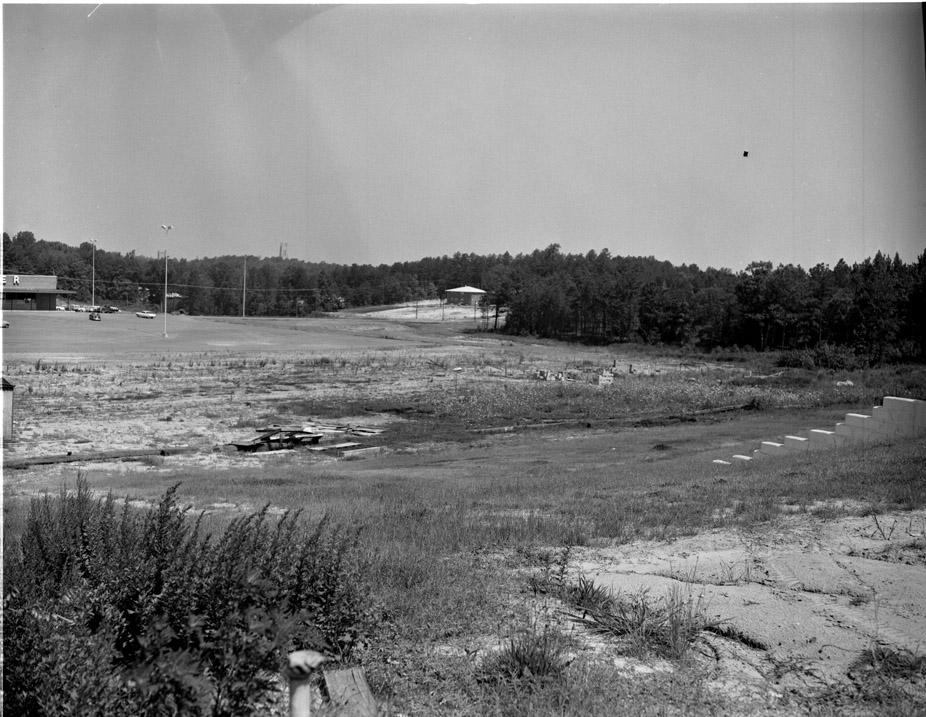
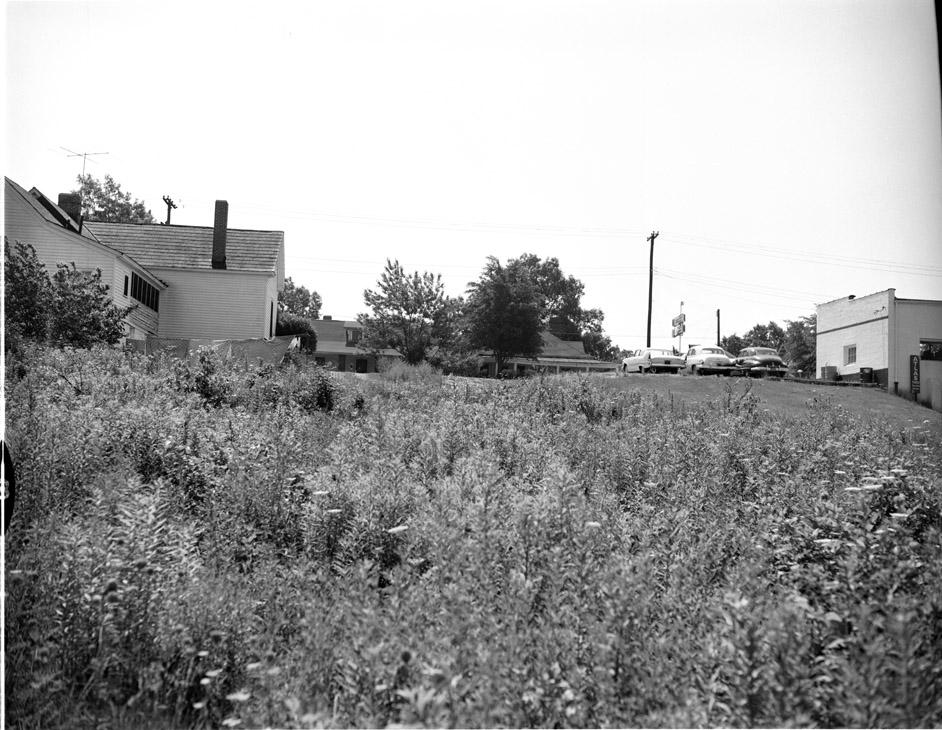
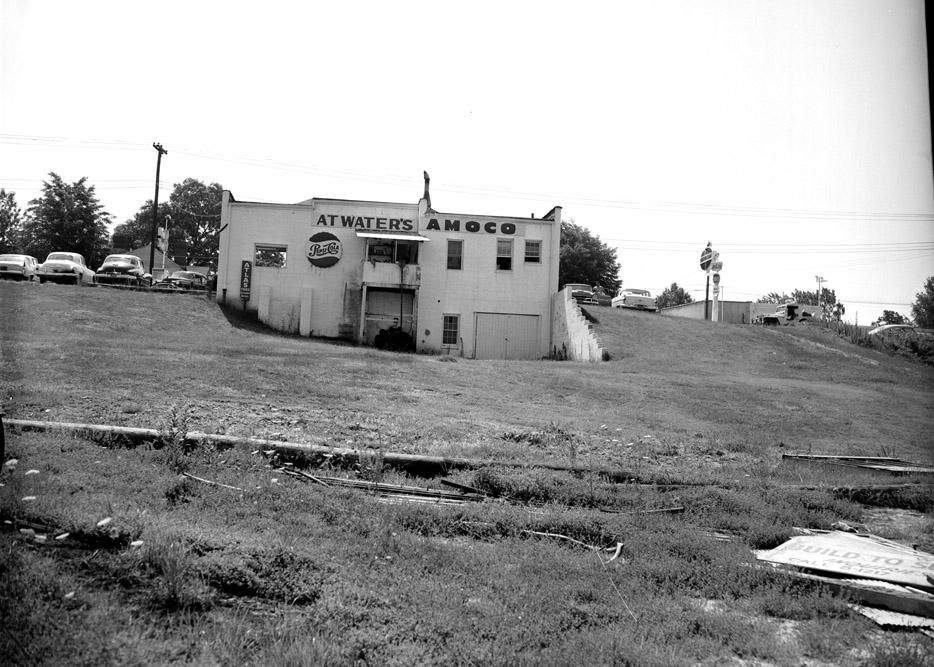
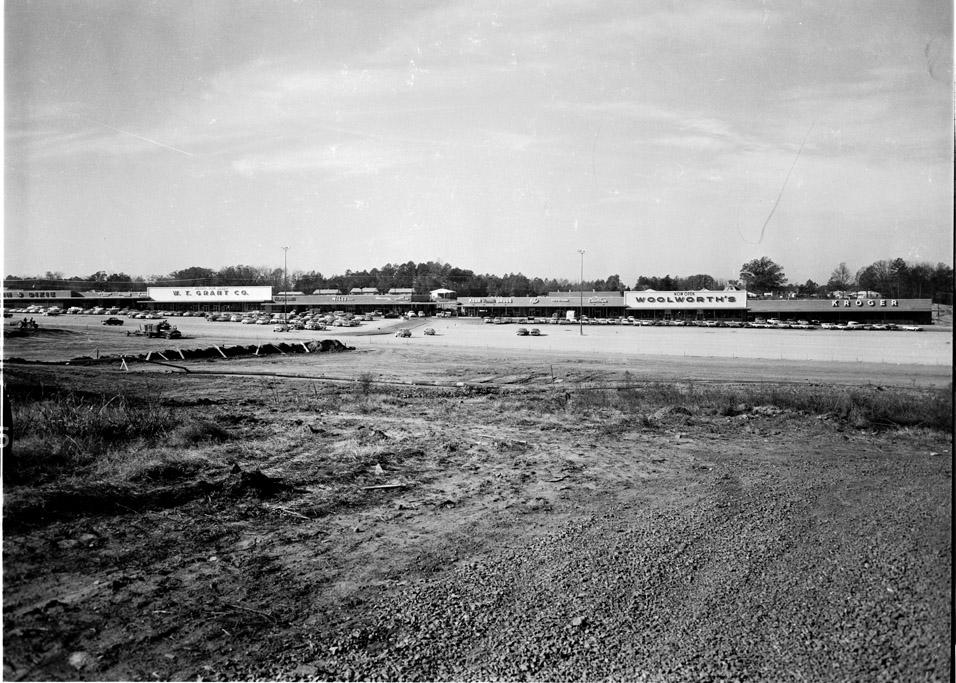
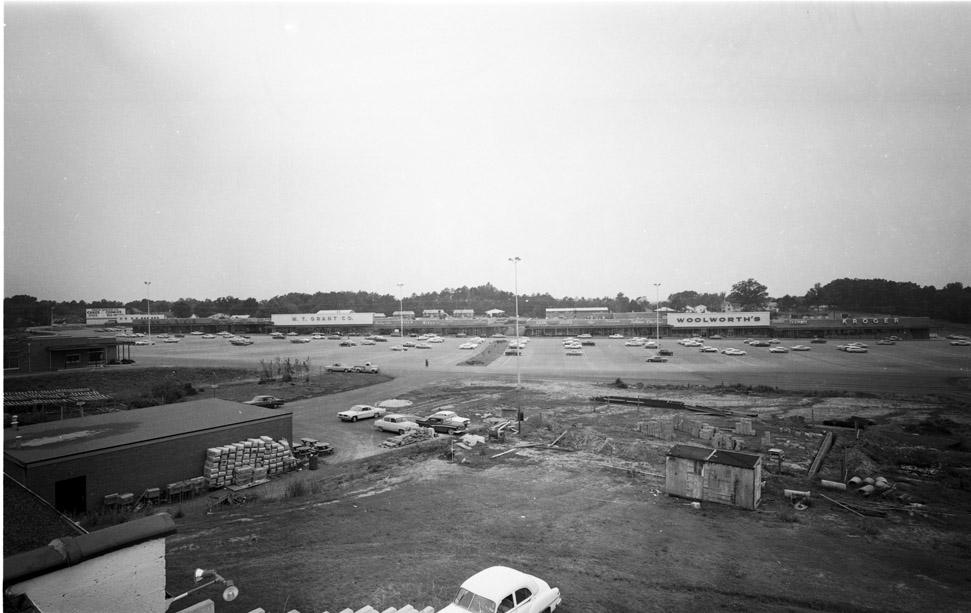
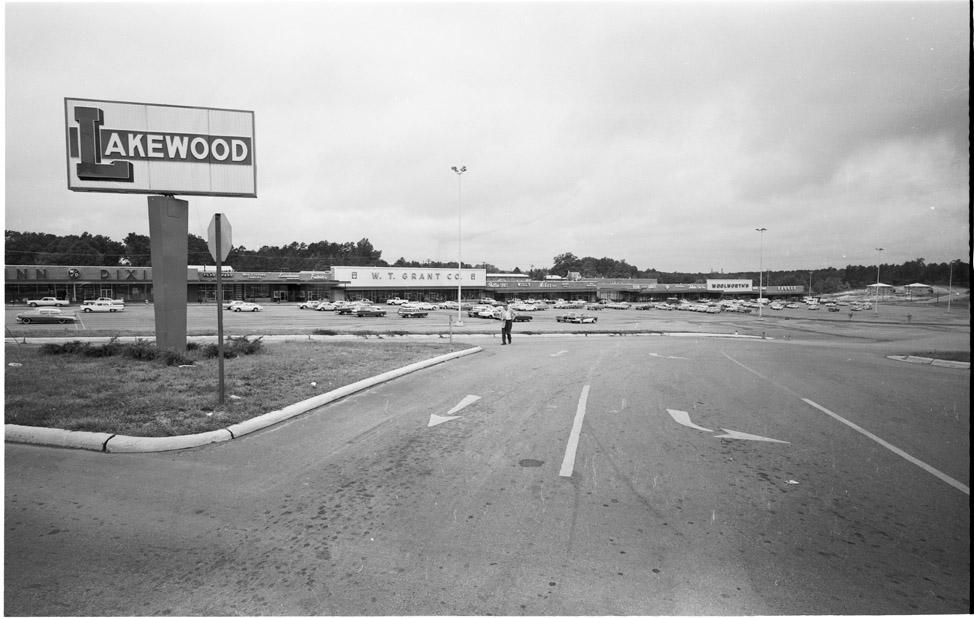
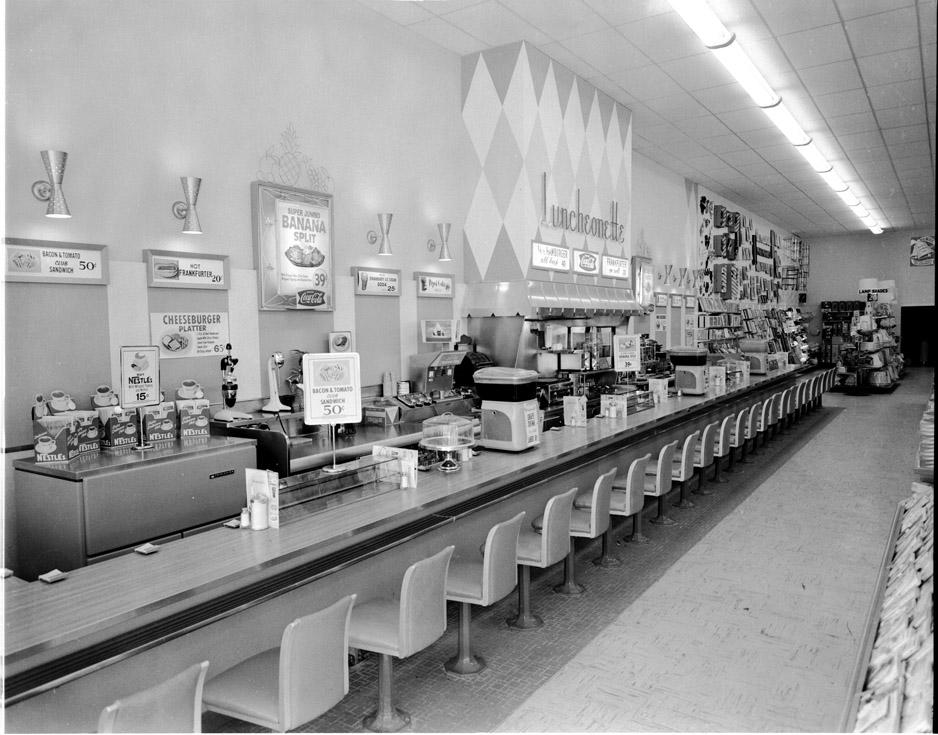
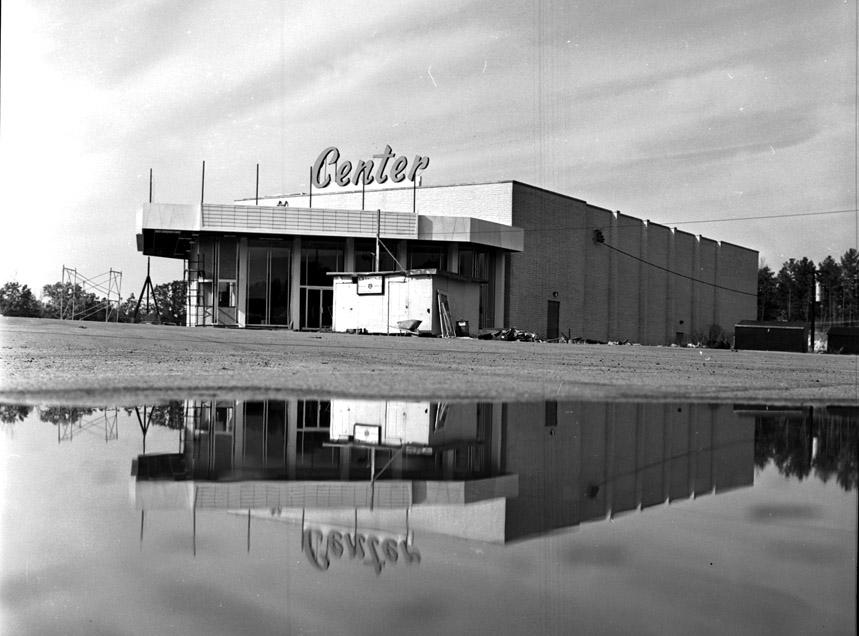
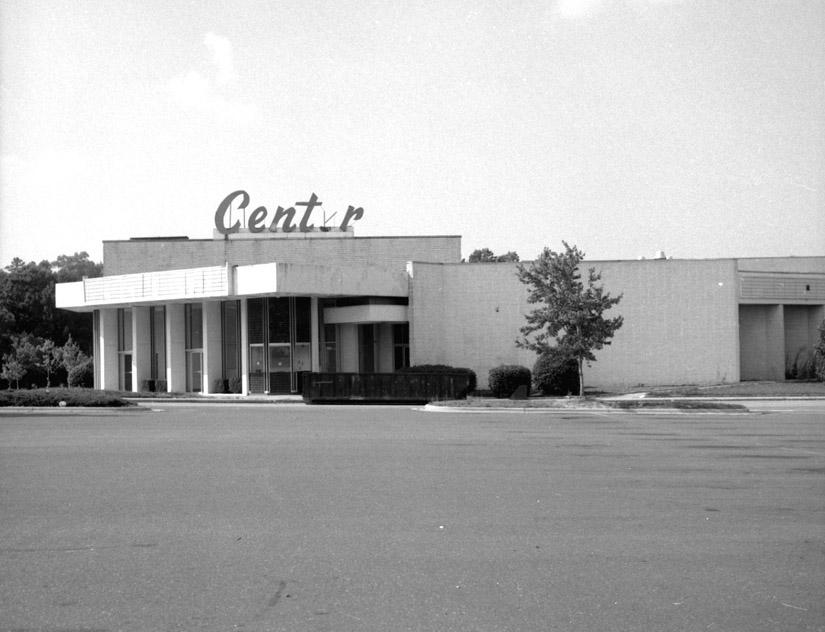
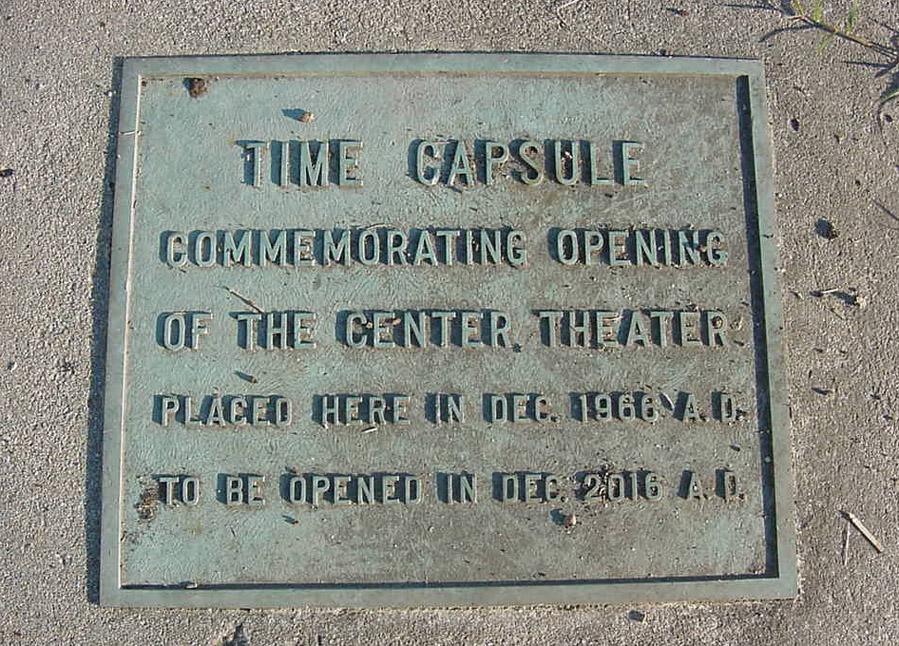
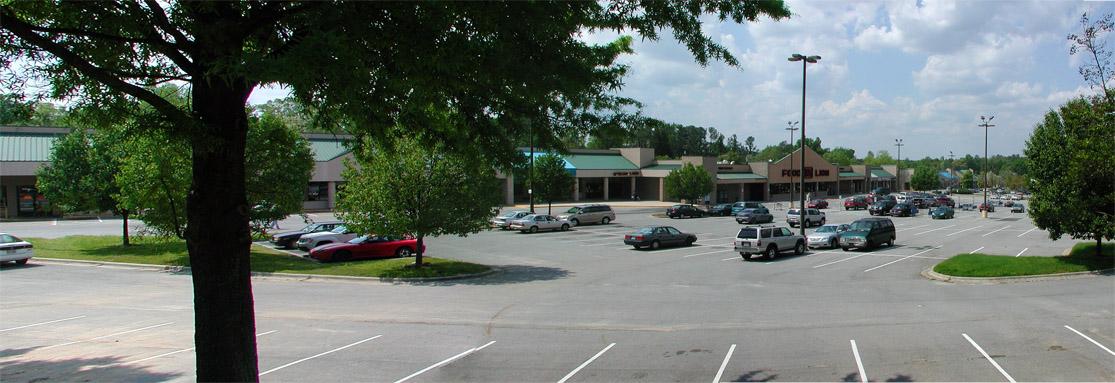
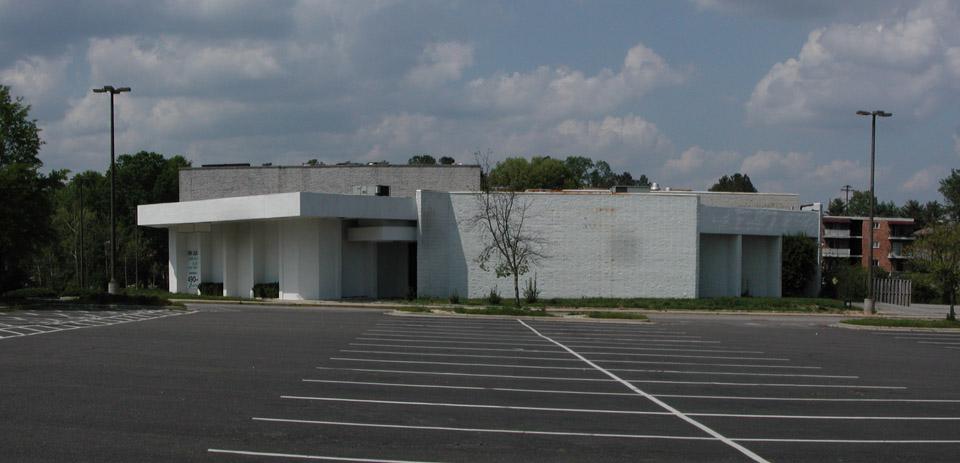
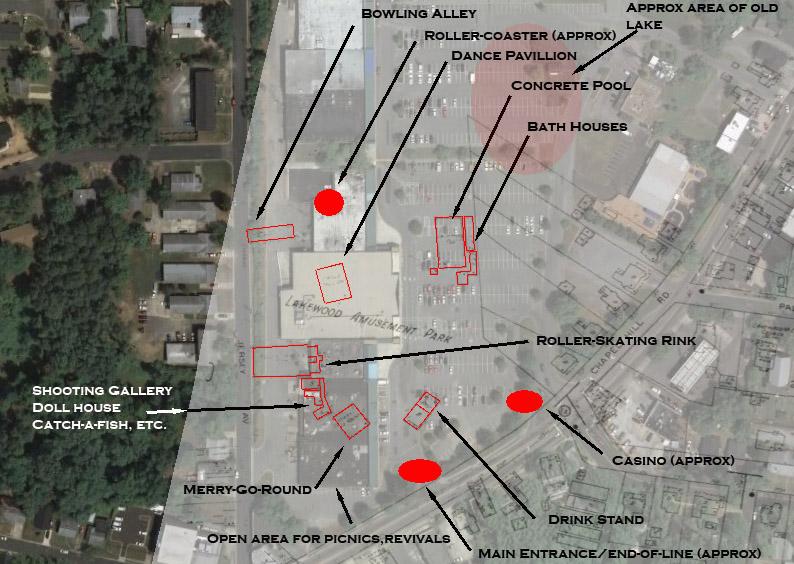
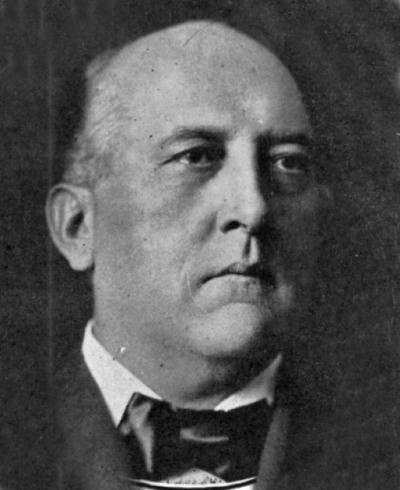
Comments
Submitted by Charlotte Smith (not verified) on Sun, 9/23/2012 - 6:28pm
I remember my Mother telling me of going to dances at Lakewood Park and she had a half sister and brother-in-law (Jeff Wheeler) who lived in the park and Uncle Jeff was a trolley car driver. I was to little to remember very much about the park.
Submitted by Bob Matherly (not verified) on Sun, 12/30/2012 - 2:34pm
Wow! I grew up in lakewood in the 60's on prince st. it is wonderful to see the pictures of the park. All that was left of the park by the 60's was occasionally on super hot days, the tar in chapel hill st might melt enough to reveal the old street car tracks.
Submitted by Kathy HIlliard Lies (not verified) on Tue, 8/12/2014 - 8:25pm
I remember watching the time capsule go in! Don't remember what was in it. Don't remember the Santa house that Dody does, but I remember that Mom would walk the baby stroller down the sidewalk all the time, and was known only as Dosy's mom"! I worked my first job at Thalheimers when I was 15, then later worked at the candy store, and taught decoupage classes at the paint store near Krogers...
Submitted by Ellen Ciompi (not verified) on Wed, 7/1/2015 - 5:17pm
In reply to I remember watching the time by Kathy HIlliard Lies (not verified)
Kathy, I loved your post about watching the Center Theater time capsule go in. I am a member of the board of the Scrap Exchange, which now owns and occupies the old Theater building. We are planning a great party for next year when we take out the time capsule and we would love you to be part of the festivities. Please contact me (Ellen) at the Scrap so we can exchange information. How wonderful it would be to have you there!! Best wishes.
Submitted by ANONYMOUS (not verified) on Mon, 1/21/2013 - 11:21am
Oh, yes....Both Krogers and Winn Dixie and they were the main two big grocery stores in southwest Durham. Every Saturday, I would load my kids in the car and we would go do our weekly grocery shopping at Krogers. In the summer, we would come home, unload and make fabulus lunches and head to the Duke Faculty Club for the day. Long lasy days of summer...Sometimes we would pack enough to have a light dinner there before returning home!
Submitted by Anonymous (not verified) on Wed, 10/1/2014 - 4:31pm
I wish someone had a photo of the Santa house/Santa Claus in the center courtyard at Lakewood Shopping Center 40 years or so ago to submit. I was so scared of that guy! He also flew in on a helicopter.
Submitted by ANONYMOUS (not verified) on Mon, 1/21/2013 - 11:31am
Also, and I bet most people don't know this, right beside the Kroger Store which was at the North end of the strip mall, there was a little ally where Goldsmith had its first store. Linda was in there all by herself making and repairing beautiful jewelry. Eventually, there was a really cool place that was made up of bunches of little rooms to bring kids...one room was like a play grocery store; one was musical; one was a little play cafe; one was art; there was a fire pole kids could slide down and land on a bunch of pillows...I can't remember the name of it but it was a great place to take your kids on a rainy day. Don't know why someone doesn't create something like that again. Kid could be really creative. This was in the 90's...Anyone remember the name?
Submitted by Kenray (not verified) on Thu, 11/27/2014 - 10:39am
Now that the Scrap Exchange is in the old theater, I hope they will make a big deal out of opening that time capsule!
Submitted by Penny L. (not verified) on Mon, 1/21/2013 - 12:04pm
I laughed when I saw the wording on the Center Theater Time Capsule plaque that commemorated the opening of the new Center Theater when it opened in Lakewood Shopping Center. The theater was to open in December 1966 AD and the plaque was to be opened in 2016 AD (only 3 more years to go now.) The "AD" is what made me laugh. Did they think that in the future some of us might think it had been built in the BC era? This Center Theater was convenient with lots of parking in Lakewood Shopping Center, but before the Lakewood Center we had a wonderful Center Theater in downtown Durham with an absolutely beautiful "curving" staircase with wide brass handrails to the 2nd floor Ladies Lounge and the balcony. The original downtown theater was where Elvis's first movie, "Love Me Tender", was shown the first day it came out. There were throngs of us kids from all of the Durham schools that went to see it right after school was out on that day. Then Elvis was killed at the end of the movie and sniffles could be heard all over the theater. We don't have that beautiful theater anymore, but thank goodness we do have the beautiful Carolina Theater.
Submitted by ANONYMOUS (not verified) on Mon, 1/21/2013 - 1:07pm
ooops, in previous comments, i said "goldsmith" when i meant to say "jewelsmith"...sorry!
Submitted by Drew (not verified) on Sun, 7/28/2013 - 5:10pm
I think at some point the original Winn-Dixie became a Colonial Foods. In the summer Durham Co. Schools offered summer movies for the kids. It was 10 cents per movie and there was a movie one day of the week for 10 weeks while school was out for the summer. I remember having a sheet of 10 movie tickets for the summer. The old Satisfaction was the site of one of my Jordan HS class of '81 graduation parties. I also remember going to Woolworth's when I was kid with a Santa's House in front at Christmas. T.J. Hoops was a big deal for a year or 2. Davis Baking's ginger bread men with raisin eyes and buttons were a childhood treat. The amusement park is a fascinating story.
Submitted by PALADIN on Thu, 5/22/2025 - 3:28pm
My fondest early memories are of being around Lakewood Shopping Center as a kid in the 1960`s.....
My parents (Arthur & Nancy Harris) owned 'Harris Nursery and Landscaping' at Lakewood. I spent all manner of time at the stores, my Mom bought groceries at Winn Dixie...My Grandma worked the Sewing Counter at 'Woolworth`s' .....My birthday cakes ALWAYS came from 'The Davis Baking Company'. ....Every Christmas, I would be on-hand for Santa to take his place in the courtyard next to Kerr Drugs.....Over the years, I went to MANY movies at The Center Theater (saw 'Butch Cassidy And The Sundance Kid' 5 times!)..... In 1982, I stopped an armed robbery at Kerr Drugs (The LAST of a string of armed robberies the two perps had carried out in Durham & Chapel Hill. I happened to be outside the store, and saw one of them pistol whip the Pharmacist; Mr. Padgett--an extremely kindly man who had been giving me prescriptions for years.)
Until viewing this page, I had no idea that there had been this whole 'amusement park' on the site....or even that the shopping center had only been built a short time before I was born.
Glad the place is still there....Even though pretty much EVERYTHING is now different.
Tempus Fugit
Add new comment
Log in or register to post comments.